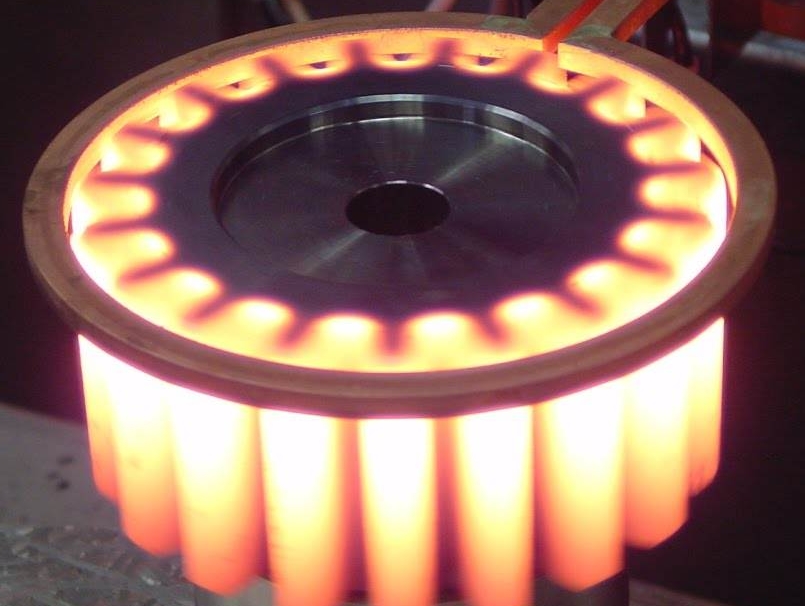- 15
- Mar
Several application principles of high frequency quenching machine
Several application principles of high frequency quenching machine
1. High-grade automatic high-frequency quenching machine adopts PLC industrial digital control system, with advanced performance, convenient debugging and use, and can meet the quenching needs of complex workpieces.
2. Energy saving and power saving: The high-frequency quenching machine integrated machine tool guide rail quenching equipment adopts IGBT international advanced components, which saves power, energy and costs. The efficiency is 30%~40% higher than the old-fashioned thyristor IF.
3. High-precision, high-quality and high-efficiency quenching process: A. High quenching precision: The gap between the tailor-made inductor and the guide rail surface is controlled by an adjustable guide wheel positioning to avoid contact between the inductor and the bed surface. B. High quenching quality: no oxide layer, small deformation, the depth and hardness of the hardened layer are about 2~4MM According to the manufacturer’s process requirements. For example, when the material is HT200HT300, the hardness is HRC48~53. The quenching hardness and hardness layer are moderate; C. High quenching efficiency: double rails can be quenched about 200~400MM/min; if the guide rail surface is too wide, the sensor can be quenched on one side; if the guide rail surface is narrow, it can be quenched on both sides once;
4. A variety of quenching methods: continuous scanning quenching, simultaneous quenching, subsection continuous scanning quenching (sections are set by program, no travel switch is required), and subsection simultaneous quenching can all be realized;
5. Environmental protection: no pollution, noise and dust.
6. Equipped with a unique cooling system: the coolant of the integrated quenching liquid circulating cooling system is the car coolant, which solves the problems of long time, inconvenience and freezing in winter. Fully enclosed circulating cooling to avoid pipeline blockage caused by debris; no overheating damage to power supply and induction coil caused by scale generation.

